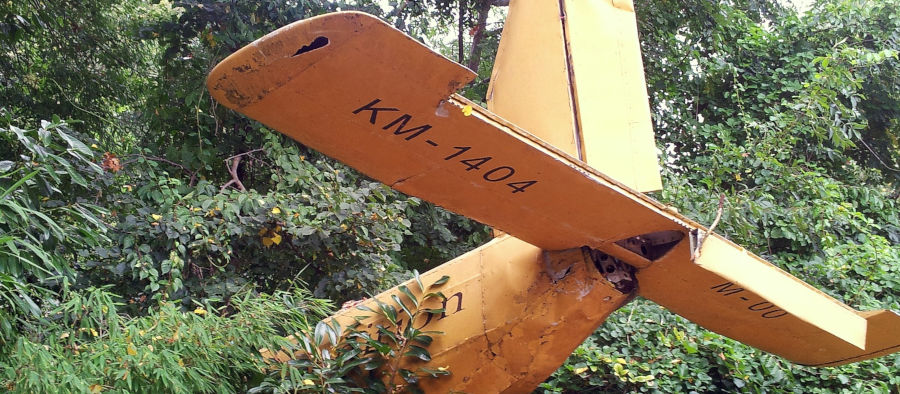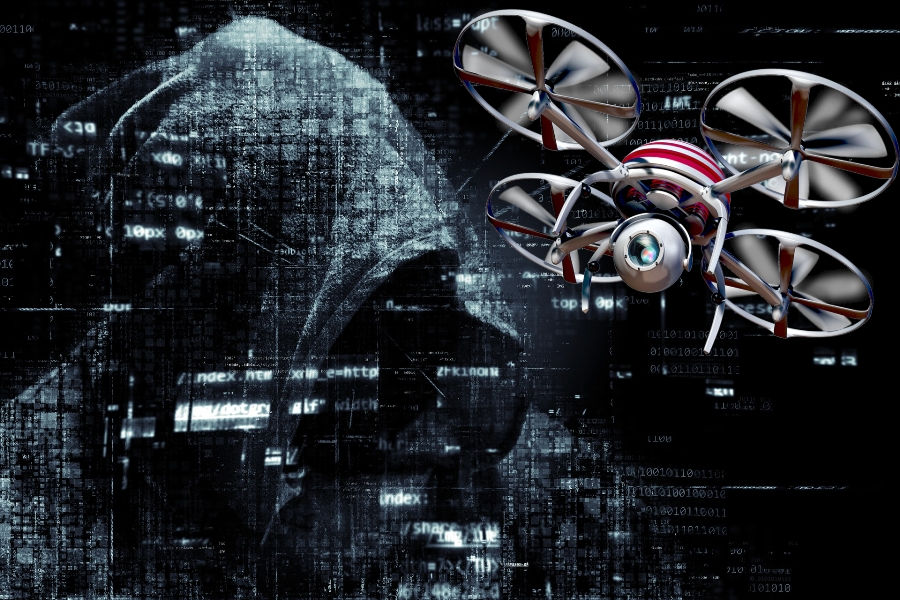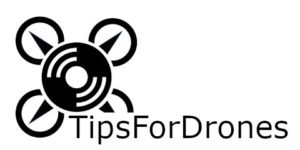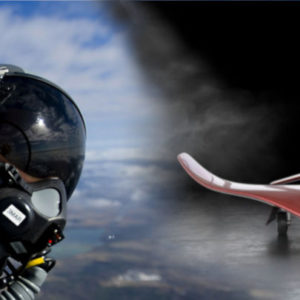Would you take a ride on a plane controlled by a machine and not by a human pilot in the cockpit? Do you think that cargo planes need human pilots? Will there be more types of planes in the future due to improved drone technology and AI autopilots? I asked myself these questions, and here is what I found out about them.
Can drones replace human pilots? Yes, drone technology and artificial-intelligence autopilots will replace human pilots. The conversion from human pilots to autopilots in freight transport will be faster, and the transformation in the passenger transport industry will be carried out more slowly. These technologies will greatly change aviation in the future.
In the aerospace industry, many new market segments will be opened, and our current image of air services and transportation will change drastically.
What technologies can endanger the pilot’s job?
The history of aviation is now 116 years old. The first radio transmissions took place when the Wright brothers made their first flight attempts. The first unmanned flights were tried a few years later and reached military-level heights at the end of the 20th century with the General Atomics MQ-1 Predator.
After that, three key developments have enabled civil unmanned aviation research.
The first was lithium-ion battery technology in connection with power electronics and brushless motors. The second was flight controls, and the third was machine learning and artificial intelligence.
One result of these developments was the rapid expansion of the drone market for hobby consumers in 2015. The first wave of small start-ups is already over. Now companies that offer autonomous flying are already beginning to emerge.
First, let’s take a look at the technologies that have supported this development.
The lithium-ion battery was crucial in particular for the development of multicopters. Goodenough developed a stable lithium-ion-cathode based on lithium iron and phosphate in the 1990s. This cathode is thermally stable and is responsible for a safe and fast charge and discharge of the cell.
Lithium is one of the lightest elements and has a large electrochemical potential. The low weight and high performance of lithium-ion batteries allow drones to fly for a long time.
More about the history of batteries can be found here.
The high performance of the batteries led to the development of motor controllers, which are now able to cycle electric current in short time. This is also why they’re often equipped with cooling fans.
Drones are also more powerful with brushless motors, where the permanent magnets are on the rotor instead of the stator.
The second big technology is flight controllers. The flight controller is the heart of an unmanned air vehicle. It controls all flight movements and responds to external influences. Due to increasingly powerful microprocessors and better sensors, such as gyrometer or accelerometers, unmanned flying has become safer.
The last technology is machine learning and artificial intelligence. Basically, machine learning is just an extremely fast learning process by which the machine learns which input data leads to which output data. It uses an extremely high number of trials. After each sample run, the machine tries to make adjustments to be better next time. This is called feed-forward learning.
As a result, machines are getting better and better and can make their own decisions. A good example is Tesla. Each car records its control signals. The records of all the cars provide a tremendous set of learning examples for autonomous driving.
All three technologies lead to a change in aviation: drone taxis in Dubai, medicine transported autonomously by drones in Zurich, and
Aerones ’s fire-extinguishing drone. Not only are existing autopilots getting better and will replace human pilots, but completely new drone designs are also possible.
Who is to blame if something goes wrong?

Whenever you address the subject of autonomously flying drones, one crucial question comes up: Who is responsible and pays for the damage when autonomous unmanned air vehicles crash? There are three possible institutions or people who can be the answer to this question.
The operator. This person starts the unmanned aerial vehicle’s journey and monitors the operation. They have previously determined the route and decided whether the flight conditions are suitable for safe operation.
The drone maker. This entity builds the drones and combines different sensors with the appropriate software. They statically and dynamically calculate the components and plan and design the electrical system accordingly.
The software developer. This entity designs the software and is responsible for its stability. Each company has its own guidelines for this process. The developer teaches the software and prepares it for unforeseen situations.
It is not easy to determine the culprit if the drone reacts incorrectly in an unforeseen situation.
Basically, it must be stated that multiple redundancy and software that is immune to sleep deficiency probably make better decisions than a person could.
Ultimately, this situation will result in insurance that makes a big deal out of the statistically low error rates of autonomous systems.
Would you trust a machine?

Another important question is whether you can trust a machine. We are surrounded by a multitude of machines that, above all, facilitate our transportation, such as escalators, elevators, trains, subways, ships, and airplanes.
With escalators and elevators, we have become accustomed to no one having to monitor them. A driverless subway creates a queasy feeling, but we get in anyway. How about planes?
Autopilots already fly the vast majority of planes. Only in extremely bad weather conditions does the pilot take control. Autopilots are currently not designed to react in situations they have not learned before.
Machine learning allows machines to learn from different pilots. Data from real situations as well as from flight simulations can be used to improve autopilots.
For my part, I would rather sit in a plane whose pilot has 1000 years of flying experience in sum than that of a young pilot who has just passed his flying test.
More information on the development of autopilots can be found on the blog of the University of Stanford here.
What kinds of drones will appear in the future?
Many new types of drones are currently still in development and on their first trials. Laws and regulations for future air traffic must be established to prevent chaos in the air. Much of what sounds like science fiction will be reality soon.
Drones will have three main types of applications.
Unmanned air observation is already a reality and will be further expanded. Currently, these drones are in widespread use for photo and film work. In terms of industrial applications, they are used to carry out documentation and damage assessments. Drones are also used for surveying and thermal measurement. In the future, more and more use cases will emerge and be applied in industrial and rescue organizations.
Such drones have a weight of 7lbs (3kg) to 55lg (25kg) and can reach flight times of up to one hour.
Unmanned freight transport will be a reality soon. The first regular automatic freight transport was in Lugano, and there has been ongoing automatic freight transport between two hospitals in Zurich since December 2017. Transported in transport boxes of 5lbs (2kg), medication and blood preserves are carried over a distance of 1.5 miles (2.5km).
Not only small cargo but also large cargo will be transported unmanned in the future. The laws will be adjusted more quickly in uninhabited areas than in cities. The biggest technical challenge will then be large unmanned freighters such as the Boeing 747.
For more information click here.
Passenger transport by air using drones will eventually be a reality. Volocopter is the first certificated manned multicopter available for purchase. The race for the first drone taxi has opened and is expected to start in Dubai. Technical and logistical security is crucial for autonomous manned flight. At the same time, the autopilots of existing aircraft are improving more and more and will, in the future, require fewer and fewer people to monitor and control them.
Can an unmanned plane be hacked?

Yes, there are many ways to hack an unmanned air vehicle and take control of the drone. Common ways to hack a drone are to simulate the flight-planning software or intervene between the remote controller and the drone. The question is always what the hacker wants to achieve.
The requirements to hack autonomous flying objects that transport people are a lot higher than for the drones of hobby pilots or unmanned systems.
How about pilots for rescue missions and the military?
Air rescue pilots and pilots for military missions will be the last to be replaced by autopilots because humans can react faster to new missions and better decide how to rescue people.

